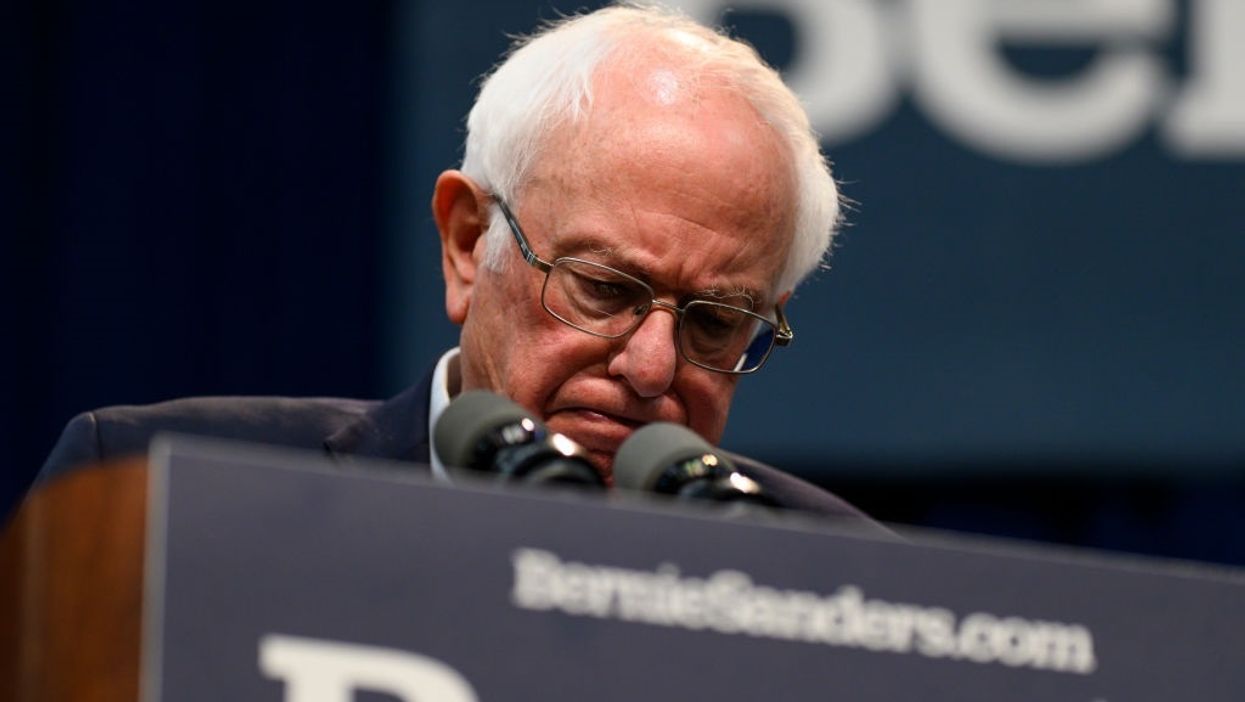
Stephen Maturen/Getty Images

Official rate has 'well-documented flaws'
Have you ever wondered why our official poverty rate seems to never change despite the trillions we spend combating poverty? Economists may have an answer.
Although the nation's official poverty rate has barely moved since the 1970s, a study published last month by professors at the University of Chicago and the University of Notre Dame argues that poverty may be near record lows but we don't realize it because of bad government data.
The authors of the report released by the American Enterprise Institute are two well-respected economists, Bruce Meyer and James X. Sullivan, who attribute the discrepancy to "well-documented flaws" with the federal government's data collection, which excludes benefits from many social programs. Meyer and Sullivan adjusted for the government's errors and found that poverty in America has fallen sharply over the past 50 years.
As they wrote in the Annual Report on Consumption Poverty:
Using the standard of living of the poor in 1980, the consumption poverty rate fell by more than 10 percentage points, from 13.0 percent in 1980 to 2.8 percent in 2018, while the official poverty rate fell by only 1.2 percentage points over that period.
Plainly stated, the share of Americans living below the poverty line is probably much lower than the 11.8 percent figure reported by the federal government and often repeated by politicians and the media.
For some years now, economists on both the right and the left have said the official poverty rate from the U.S. Census Bureau is inaccurate. Among its most notable problems, as Meyer and Sullivan note, "the official poverty measure is based on cash income only, which fails to capture all the resources available to a family including tax credits and in-kind transfers."
In other words, not accounting for federal programs, like SNAP (commonly known as food stamps), Medicaid, housing vouchers, and other forms of non-cash assistance, skews the poverty rate upward and mislabels millions of people as poor. The two economists and other academics have also argued that the price index used as a benchmark by the government overstates the extent of inflation which further amplifies the poverty rate.
For instance, let's say a retired parent with little or no 401(k) savings lives at home with you and receives food stamp benefits. Even if your parent enjoys a decent quality of life, there is a good chance the federal government classifies this person as living in poverty because non-cash family support (i.e. free housing and meals) and food stamps do not qualify as income.
Other economists and liberal pundits say our poverty thresholds are actually too low and some people who live above the poverty line suffer material deprivation. This may be true, but it also underscores the need to re-examine government statistics.
Inaccurate measures of poverty can distort perceptions of our economy. These inaccuracies can influence policy decisions, spending priorities, and media narratives. For example, the U.S. was heavily criticized last year following claims by the U.N. that 18.5 million Americans live in extreme poverty. Rep. Alexandria Ocasio-Cortez (D-N.Y.) repeated this allegation on Twitter and it was then retweeted nearly 11,000 times. However, as Reason reported in June, the National Bureau of Economic Research believes the federal government has likely mislabeled 90 percent of the people it says live in such conditions.
Here are three reasons why Americans should care about poverty being much lower than what the government is reporting:
We should celebrate the news that, in terms of material prosperity, many Americans are better off than we realize. Let's also demand accurate statistics from the government, and push back against those who knowingly use faulty data as a pretext for their radical agendas.